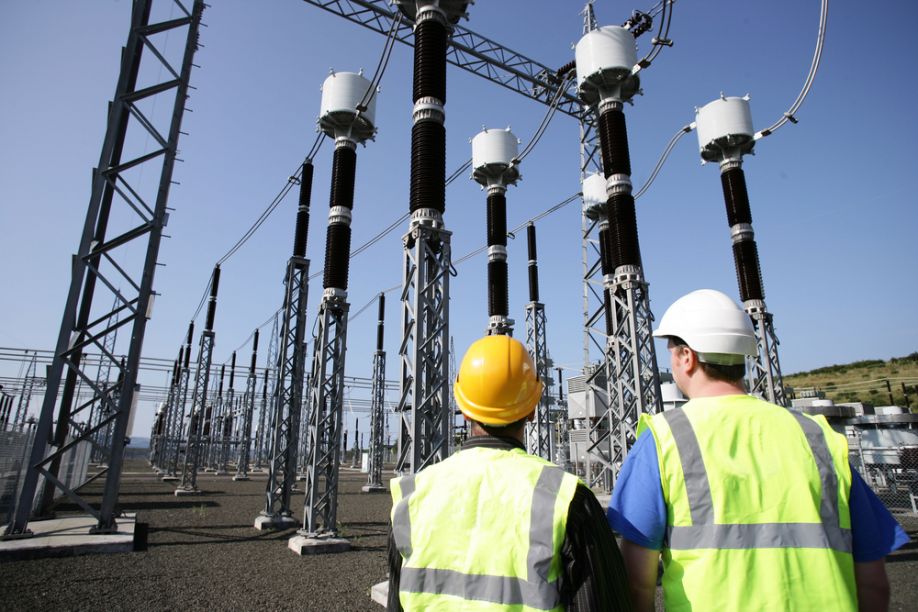Automating Renewable Energy Maintenance

President Biden spent his first day in office signing the U.S. back into the Paris Agreement. Limiting rising global temperatures is the goal of the commitment. We must significantly reduce our reliance on greenhouse gas-emitting energy sources to achieve this goal.
Increasing society's use of renewable energy can shrink our carbon footprint and protect the climate. If we improve the accessibility and efficiency of solar and wind power, we can eliminate energy-generated air pollution.
Automating renewable energy maintenance can help sustain the Paris Agreement’s objectives.
The Problem With Renewable Energy
Before observing automation in the green energy sector, we must evaluate the problems with modern technology in the industry. Efficiency is a significant concern for individual wind and solar power customers. These systems are costly, and residents expect to see an immediate return on their investment.
Solar panels on the market function between 15% and 20% efficiency, depending on sun exposure. These levels are low compared to fossil fuel-driven electricity. The efficiency of solar panels degrades over time, partly due to poor maintenance.
Wind turbines also maintain a lower efficiency rate than conventional energy sources. They function between 30% and 45% throughout the day. Their size and reliance on irregular weather patterns is a downside that may turn away potential customers.
Turbine heights reach up to 280 feet tall, posing risks to worker safety. Each time the system's efficiency drops, maintenance employees must travel up the structure to evaluate the issue and conduct repairs. The U.K. recorded 163 wind power worker accidents and five fatalities in one year.
Aside from physical issues associated with renewable power, customers also experience update inconsistencies. Scientists develop new green technology every year by increasing their efficiency and accessibility and decreasing their environmental impact. Maintaining updated systems requires regular maintenance. Automating renewable energy maintenance can protect workers, machinery, and the environment.
Power Outages
In 2020, Texas experienced one of the most significant power outages in U.S. history. The blackout left individuals without heat during extreme winter temperatures. Hospitals also faced fatal issues during the outage.
Adding automation to renewable energy systems may decrease the likelihood of power outages in the future. During hurricanes, fallen trees, downed power lines, and flooding restrict individuals from accessing transportation. We can conduct faster repairs from home with automated maintenance.
One clean energy company utilizes drone technology to detect solar panel malfunctions and enable repairs. This form of automated maintenance helps optimize solar panel efficiency and decreases carbon emissions. Instead of having workers drive out to renewable energy sites and emit greenhouse gases of their own, green-powered drones can perform sustainable visits.
Cybersecurity
Security is a rising concern for the automated renewable energy grid. As our reliance on information technology (IT) increases, we experience a heightened potential for cyberattacks. Hackers could invade the electrical grid of a major city, causing fatal blackouts.
We can utilize automation to protect the renewable energy sector against these potential threats. Humans have a difficult time keeping up with computer threats, and robots may aid in our protection. It is essential to maintain cybersecurity by maintaining the efficiency of robotic technology.
Companies can prevent issues by performing routine maintenance. These actions extend a renewable energy device's life and prevent its components from experiencing additional stress. Well-kept machinery can operate more efficiently than neglected solar or wind technology.
Customer Awareness
Residential renewable energy devices may benefit from automated detection and protection. Modern homeowners install geothermal heat pumps, LED lights, smart thermostats, and more in their houses. These gadgets shrink residential carbon footprints, decrease utility bills, and increase a property's value.
Green home appliances may also contain automated technology that informs customers of internal issues through email. Additionally, they allow residents to track their energy use. These features increase the longevity of systems and promote environmentally conscious energy consumption patterns.
On the Horizon
We can reach the goals of the Paris Agreement by adopting automation in the renewable energy sector. As science advances, we may see an increase in solar and wind power sources’ reliance on robotics. These innovations will improve the efficiency, longevity, sustainability, and security of renewable energy sources.
Author bio: Jane works as an environmental and energy writer. She is also the founder and editor-in-chief of Environment.co.
Comments (0)
This post does not have any comments. Be the first to leave a comment below.
Featured Product

